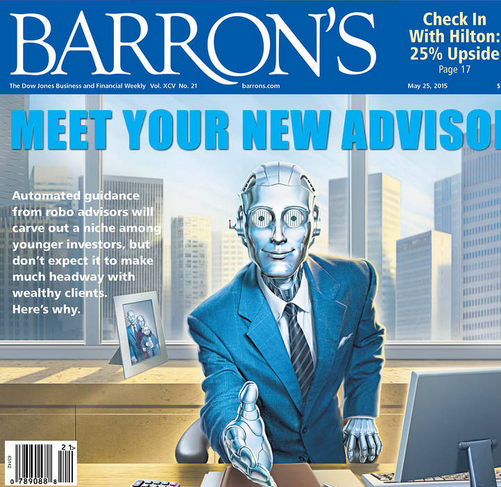 I recently watched the new Avengers movie Age of Ultron. The plot has more holes in it than a North Dakota oilfield and the story is little more than one scene after another of things been blown up or knocked down, but that’s to be expected. Not many would pay to watch it if the movie featured the Avengers in a sequel to Dinner with Schmucks. Ultron looks like the child of C3-PO and Yoda and uses artificial intelligence to threaten humanity.
I recently watched the new Avengers movie Age of Ultron. The plot has more holes in it than a North Dakota oilfield and the story is little more than one scene after another of things been blown up or knocked down, but that’s to be expected. Not many would pay to watch it if the movie featured the Avengers in a sequel to Dinner with Schmucks. Ultron looks like the child of C3-PO and Yoda and uses artificial intelligence to threaten humanity.
This represents the worst fears of Bill Gates, Stephen Hawking, and Elon Musk — all of whom have publicly said that artificial intelligence could spell the end of humanity. That remains to be seen, but the more immediate threat to many is the end of their jobs from automation and robots.
Rise of the Machines
Automation through both hardware and software is replacing a lot of jobs, at an increasing pace. The bleeding edge of this trend is humanoid robots that help customers in Japanese department stores. But on this side of the Pacific automation is taking over work that seemed unlikely to be affected just a few years ago. A robot from Momentum Machines can make a hamburger in 10 seconds and could replace almost the entire crew of a fast-food restaurant. The Department of Homeland Security is testing a robot that interviews visitors at the border and appears to do much better at catching people with invalid documentation than human DHS agents.
But even many professional jobs are threatened that appeared invulnerable to automation. For example, journalists — software is already writing thousands of news articles at The Associated Press using algorithms that automatically create stories from reported content. Or lawyers — online form-based services like LegalZoom can carry out tasks like trademark applications, wills, and all sorts of legal filings. Financial middlemen are another category of professionals at risk. NASDAQ recently announced that it would start using software to keep perfect records of trades — a process that previously involved a trusted middleman.
Robbie the Recruiter
Robotic recruiters aren’t around yet but much of the recruiting process can be completely automated. Between placing job postings, screening, online assessments, video questionnaires, and background checks it’s certainly possible to get all the information needed to make a hiring decision without any conversation or face-to-face interaction with candidates. This isn’t anything new — up until the 1960s, hiring decisions that involved candidates outside the local area were often made entirely based on resumes and correspondence done by regular mail since long-distance phone calls cost a lot and travel was too time consuming.
The harder thing to do is sourcing, but even there, access to better data is making things easier to automate. Analysis of candidate profiles on social networks can suggest the ones more likely to be receptive to solicitations for jobs. Available analytics can show which combinations of words in a job posting generate the most response and link those to the quality of the candidates who were ultimately hired.
It’s not a stretch to see how this could result in complete automation. Once a hiring manager opens a requisition, a search across multiple sources would be kicked off and the job posted; an algorithm would list the best candidates among those most likely to respond; solicitations would be sent; those who respond would receive a screening questionnaire followed by an assessment; a final shortlist would receive a video questionnaire. The hiring manager would receive a complete profile of the shortlist to make a decision.
A new book Learning by Doing by James Bessen, a professor at Boston University, makes the case that automation results more from a lack of qualified workers than an inherent desire to replace people. But that stems from the need for more complex and higher quality work. When qualified workers aren’t available, employers have little choice but to turn to automation. Recruiting is an increasingly complex activity — given the proliferation of sources, tools, and trends that limit the availability of workers. Employers need recruiters to fill jobs with quality candidates, not just work a process. That requires developing advanced skills that were not needed a decade or two ago. Recruiters don’t have to be at risk of losing their jobs to automation but they must up their game.